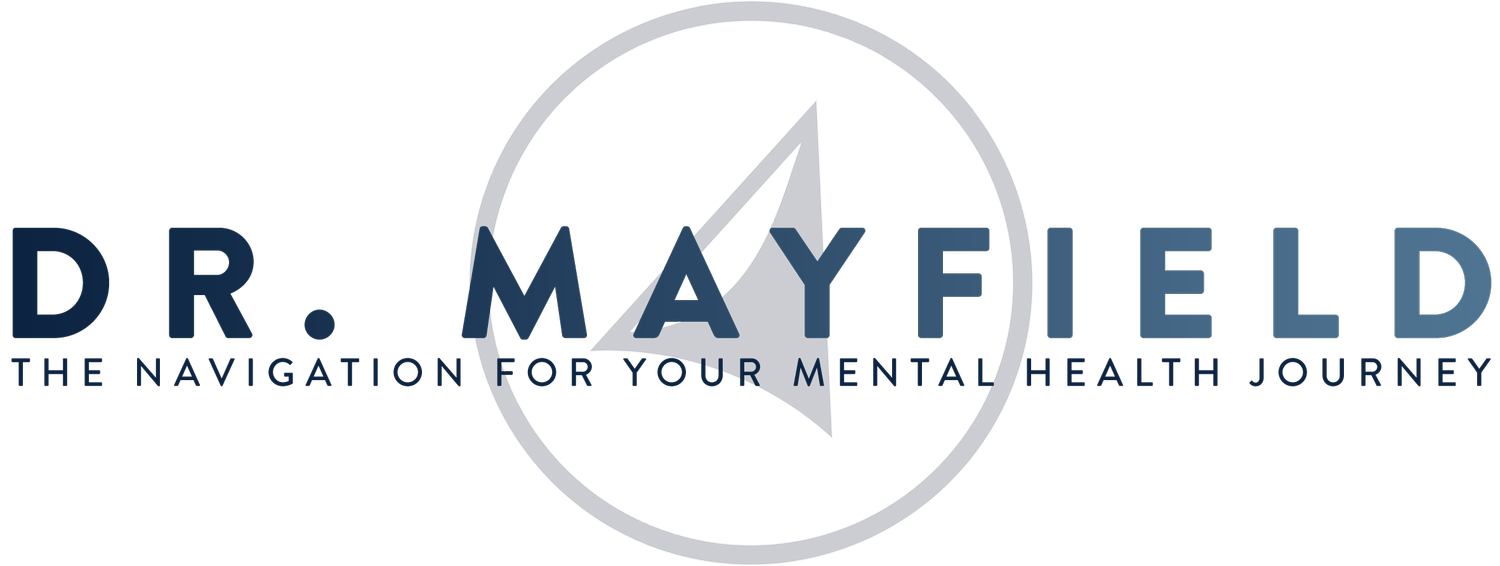FIGHTING THE STIGMA IN MENTAL HEALTH
What if I told you that a fear of mental illness is unfounded? What if I told you that what you do not see is, actually, a normal physiological response to internal and/or external stimuli. What if I told you that mental and emotional struggles are just as real as physical ones?
Are You Possibly Living in a Bubble?
Webster’s Dictionary defines stigma as a mark of disgrace associated with a particular circumstance, quality, or person. As human beings, it is often in our nature to stigmatize what we do not understand. Why do we do this? In some situations, the response can stem from unconscious fear but, generally, stigmas are perpetuated due to ignorance and apathy. We can become comfortable in our bubbles of what we know and understand. To venture outside of our bubble can create a risk of change that we may be averse to. I am not taking a judgmental stance, I am simply stating what I have witnessed and experienced during my time as a counselor. There is a need to be constantly reassessing our own perspectives in order to avoid the negative effects of stigmatization.
What Do You See?
One of the biggest stigmas our society faces is mental and emotional illness. Working with people can be a difficult task, especially if they are struggling mentally or emotionally. As a society, we tend to overlook the depth of the need because we feel uncomfortable with mental health issues. Instead of taking a step back to assess our own struggle, we choose to placate with worthless or useless comments and dismiss the affected person as deeply troubled. Why are we so afraid of what we cannot see? We would not treat a person with a physical aliment the same way so why do we dismiss mental and emotional struggles? Most likely it is because we often do not understand what we cannot see, and this can be unnerving.
What are the Facts?
The National Institute of Mental Health (www.nimh.nih.gov) indicates that anxiety disorders are the most common mental illness in the United States, affecting nearly 40 million adults, 18 years and older (18% of the population). Depression is the leading cause for disability in the United States with over 15 million affected between the ages of 15 and 44. If anxiety and depression are this common, why are we not talking about it?
The Messy Embrace
Instead of perpetuating a stigma that produces shame, guilt, and secrecy, this conversation should be brought into the light. This stigma can be broken when we understand the physiological conditions of the brain and body, the impact of attachment and relationships, and the posture of the care-giver when working with hurting people. The MESSY EMBRACE happens when we allow these three things to play out in real-time. As we journey with people towards understanding, to healing and towards wholeness, we must understand that everyone’s journey looks different. Everyone’s healing is going to be MESSY as they sort out their emotions, their hurts, their frustrations, and their uncertainties.

